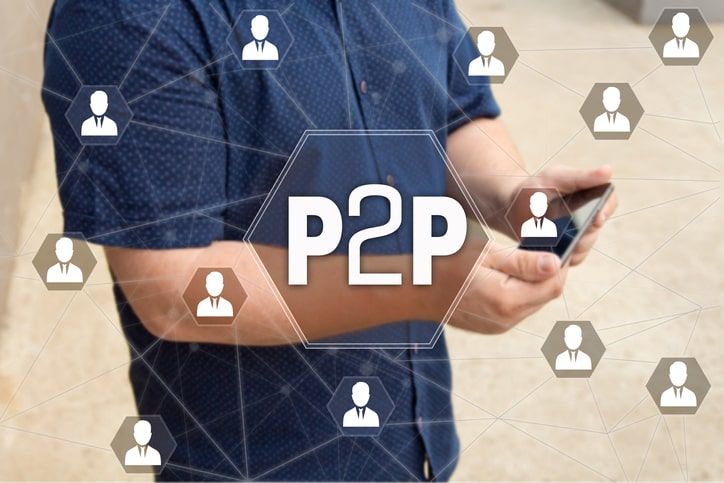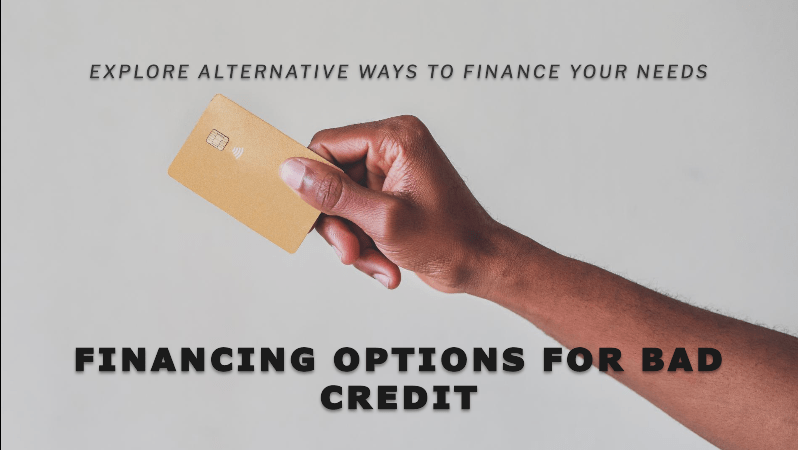What is peer-to-peer lending? It is a system of loaning money where the borrower connects with a lender to set-up a loan; The site “matches” them indirectly through its network and enables the loan transaction. P2P loans are a fast way to borrow money instantly online.
P2P lending companies deal with fast cash funds, instead of loans or credit for specific online and in-store purchases. This puts them in direct competition with banks and other loan and credit companies. They run quite differently though from other loan and credit service providers.
Peer-to-peer lending has exclusive features that may fit different types of borrowers. Let’s take a closer look.
This guide will discuss:
- Origins of local peer-to-peer lending
- How does peer-to-peer lending work?
- Top features of peer-to-peer lending
- Requirements for Borrowers and Lenders
- Risk Management
- Are you Interested in a P2P Lending Business?
Origins of local peer-to-peer lending

Prosper was the earliest recorded peer to peer lending company launched in 2005 in the United States. In Australia, SocietyOne was the first local peer-to-peer loan company launched in 2012. The main concept of peer-to-peer is direct dealing between peers or connections within a marketplace network. Here it connects a borrower or borrowers to a lending investor.
This lending service has grown over the years to provide options for people who need a quick cash loan – but not through a bank or other loan companies. Investors who lend the money can use the platform as a good investment and business.
How does peer-to-peer lending work?
There are two main participants in peer-to-peer lending:
- Investor – puts up an investment amount for loans with different fees and interest rates. The service allows investors to screen borrowers based on their credit score and other financial credentials before approval
- Borrowers – will post their loan applications on the website. They must go through a credit score check and provide proof of financial capability, based on the loan amount. They are appraised and receive the cash loan after approval.
Depending on the type of peer to peer service, the investor may approve loans directly to individuals, or partially to many borrowers. No information is shared between them. Only the amount for the loan and repayment information is posted. Investors place their money for sponsoring one, or many different loans, where each share earns interest.
The P2P loan connection is done through Lending Sites where both borrowers and lending investors are signed up. There are certain set fees and interest rates that are initially agreed on by both peers. Additional account-set up or application fees may apply depending on the lending providers.
Top features of peer-to-peer lending
This type of platform gets rid of the middleman, such as the bank or a credit company. It allows lower fees and lower interest rates than loans acquired from a bank or commercial money lending providers. Investors also have a higher ROI or return of investment compared to other common business investments.
- No other extra fees
- Fast approval process
- Up to $50,000 maximum personal loans
- Flexible repayment schedules and terms
- Repayments set up via direct debit
- Unsecured loans: no need for collateral
- Lower interest rates: up to 6.9%
- Repayment amounts are calculated based on your financial info
- Extra payments and advanced payments accepted with no fees or conditions
The moneylender invests a certain total amount where a fraction of it is partially used to fund many different loans. This is where the ROI is maximised into multiple passive investments while keeping them low risk. It has become a good investment from its system and the large network of borrowers who use the service.
Requirements for Borrowers and Lenders
There are stricter rules for peer to peer loans. The biggest risk falls on the investor and the site that serves as the host for these transactions. These security screens are needed to ensure that payments are done on time and at no risk to investors that fund all our loans.
Once the application is received, it usually takes one business day to receive the funds.
Borrowers need to confirm:
- Identification
- Credit score/credit history
- Income statement
- Proof of Employment
- Other financial data (may be required)
Risk Management
Peer-to-peer lending is both a loan service and an investment. The requirements and rules laid out are there to reduce security risks, especially non-payment and debt traps. We’ve discussed the borrowers’ requirements which are stricter than common loans. These help screen users with good standing to ensure payments are complied with on time.
For investors, their investments are matched by risk-ranked borrowers. They can choose their investments with different levels of ROI. Those with a lower credit score and higher risk earn from bigger interest, while those with good credit have low-interest rates since they are more reliable.
Are you Interested in a P2P Lending Business?
Lenders are encouraged by P2P Lending companies to invest. Loans can help Australians with good credit standing. Investors also stand to earn from investments with current rates of 6-7% annually on different personal and business loans. They would just need to signup with a P2P host and submit financial details.
Choosing a P2P host will usually depend on the network of borrowers they have, the income brackets, credit score ranks, and other details. These will affect the rates you will get that determine your ROI and income.
Investors have joined P2P lending platforms for multiple passive income and investments. They are higher than most bank and credit investments. It also doesn’t need too much maintenance, as risk management can be maintained by choosing the types of loan applications. The higher-risk, lower-credit score applications have higher interest rates than regular loans with good credit.
Comparisons with other loan and credit providers
With banks, there are higher loan interest rates, service fees, late fees, and a monthly billing cycle all to consider. While the loan amount can be bigger, there are the mentioned additional fees, already on top of being more costly.
They are different from banks, but P2P follow almost the same credit check and requirements; However certain P2P companies now offer services to those with credit rating and history issues. Investors are willing to deal with these types of loans as they earn more from them.
Smaller loan companies might be a better option for those who cannot pass credit checks. They will be able to meet most credit limits and also have flexibility. However, they are mostly limited to certain online and in-store purchases and have lower maximum credit amounts.



